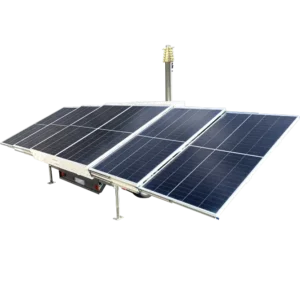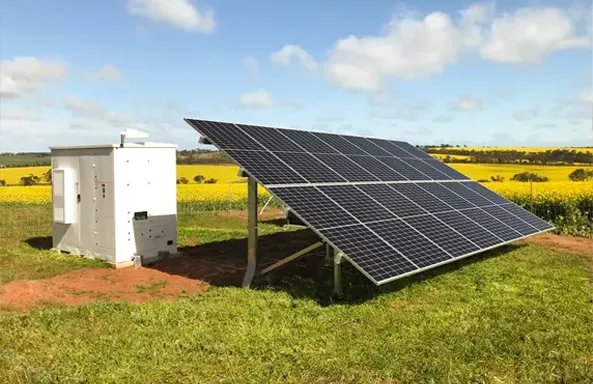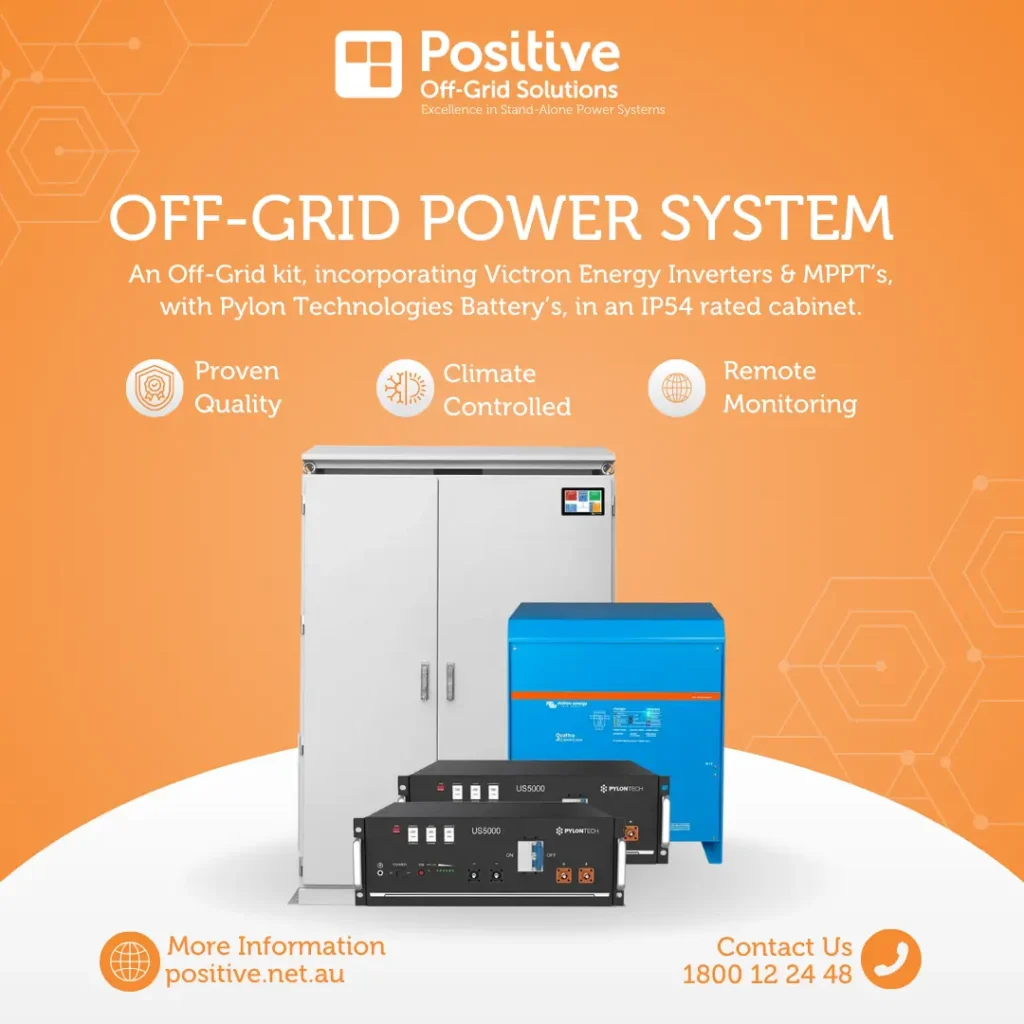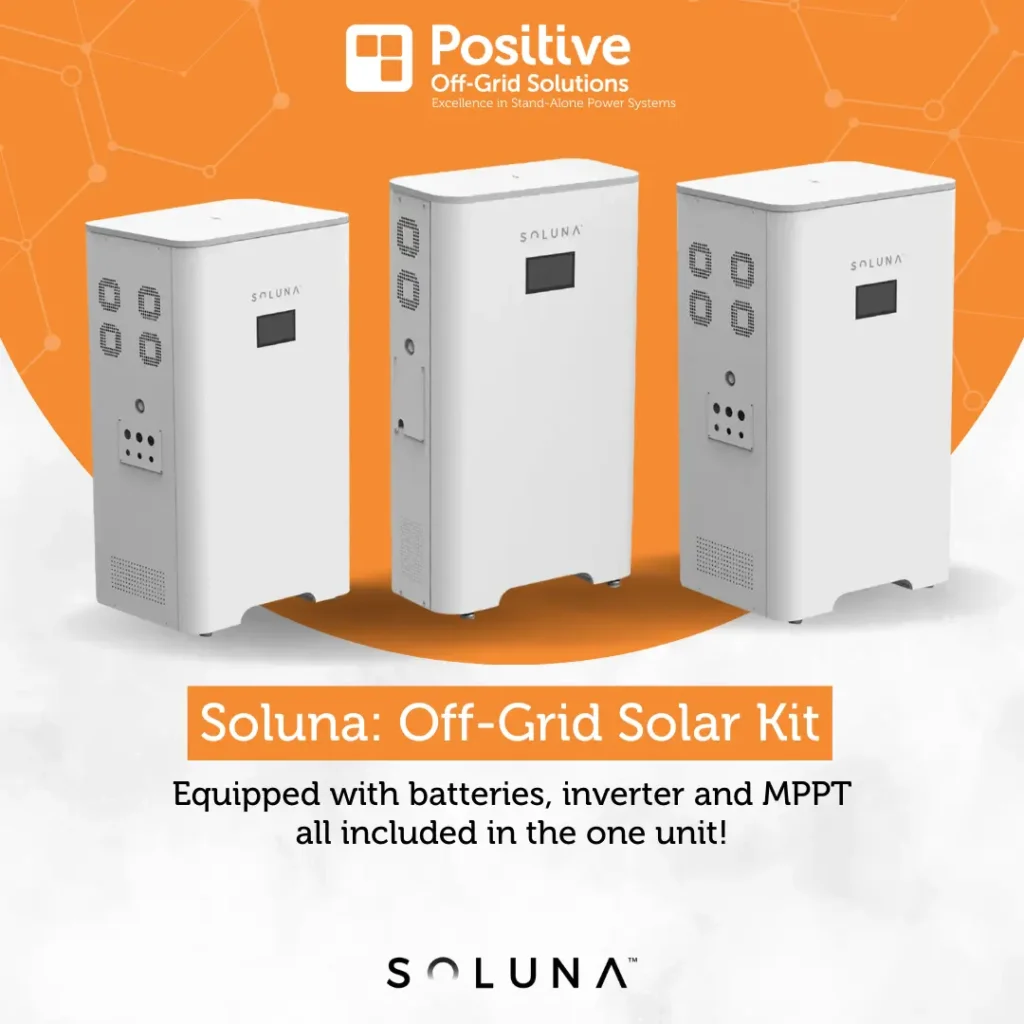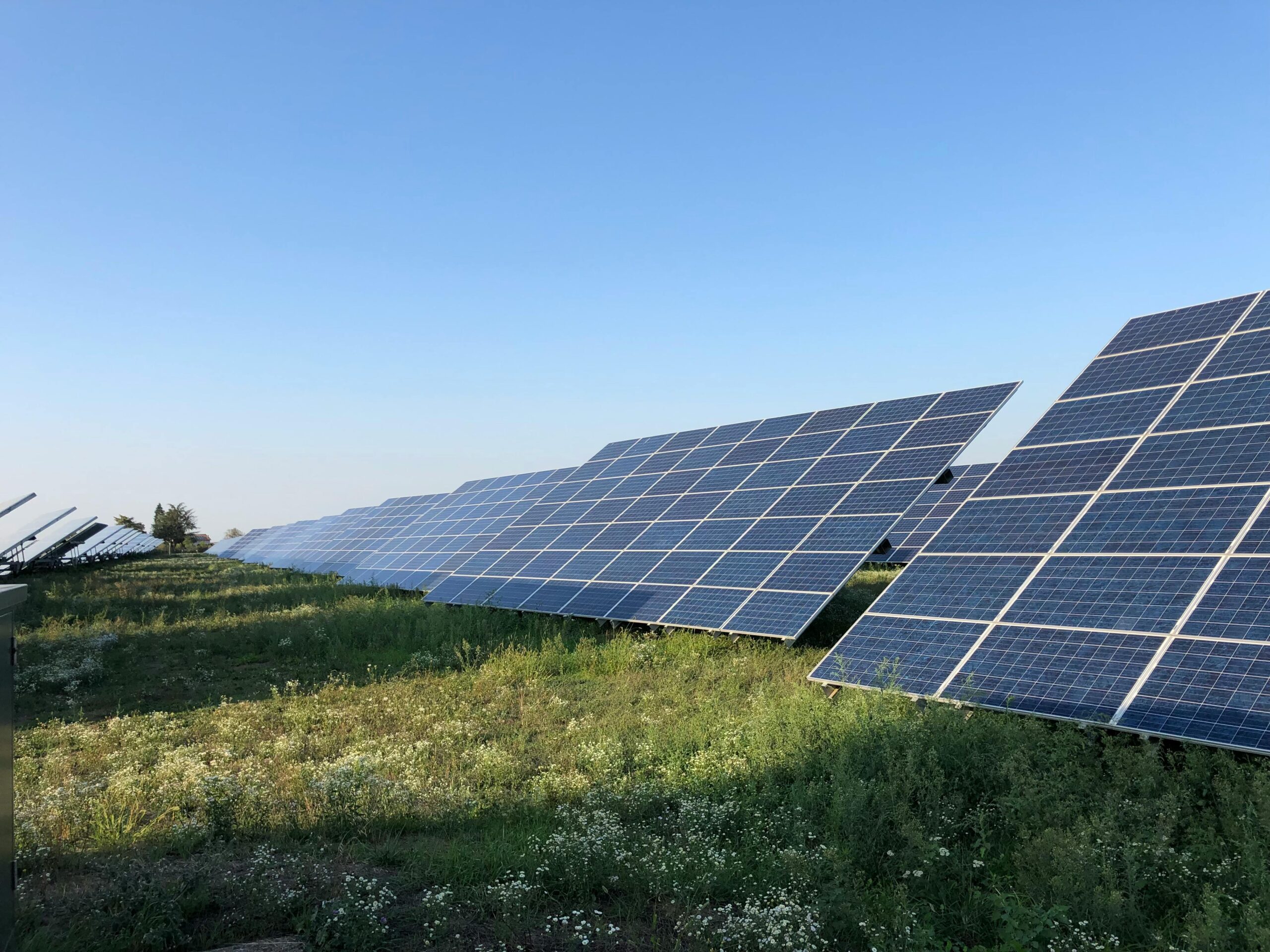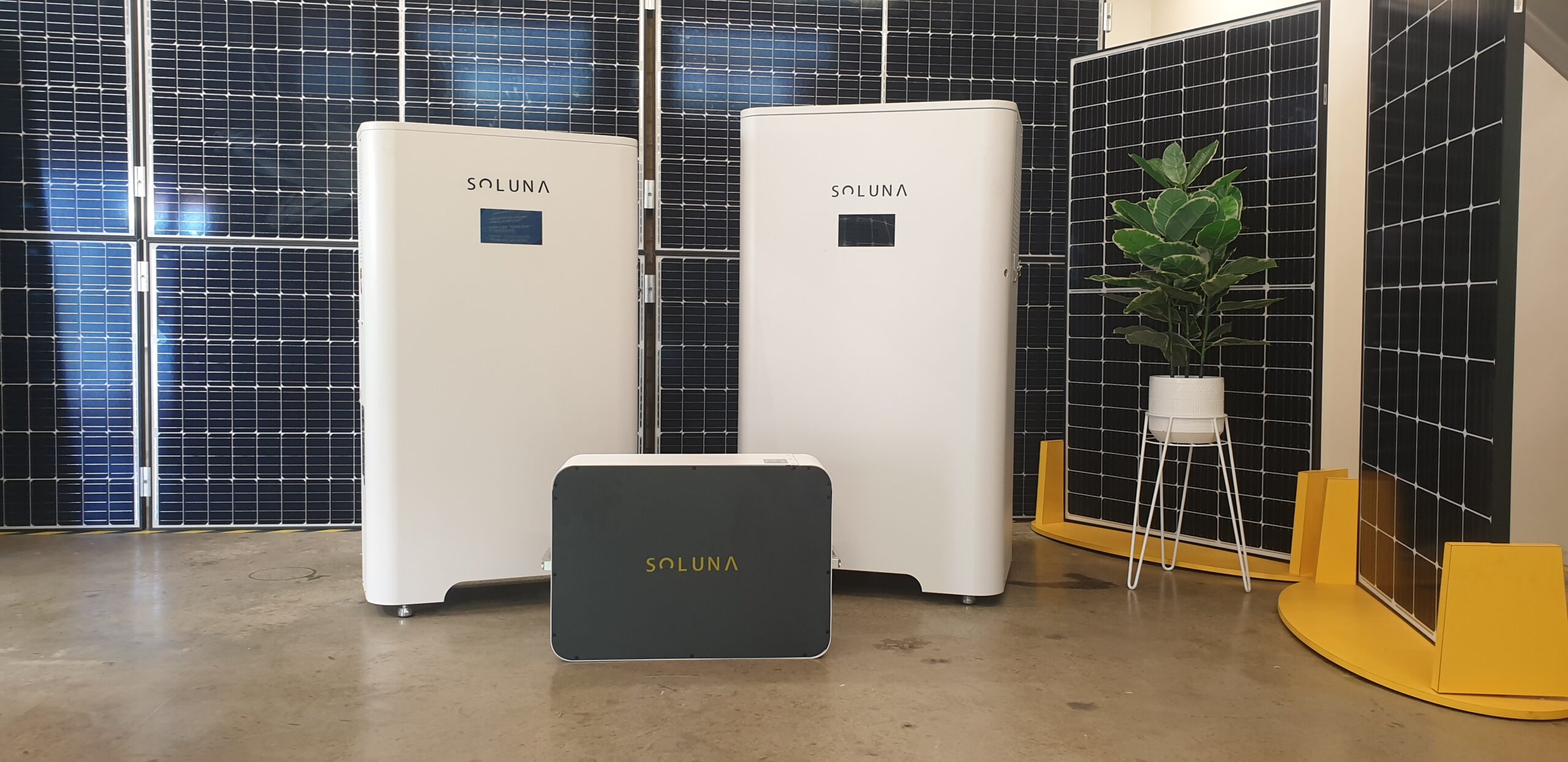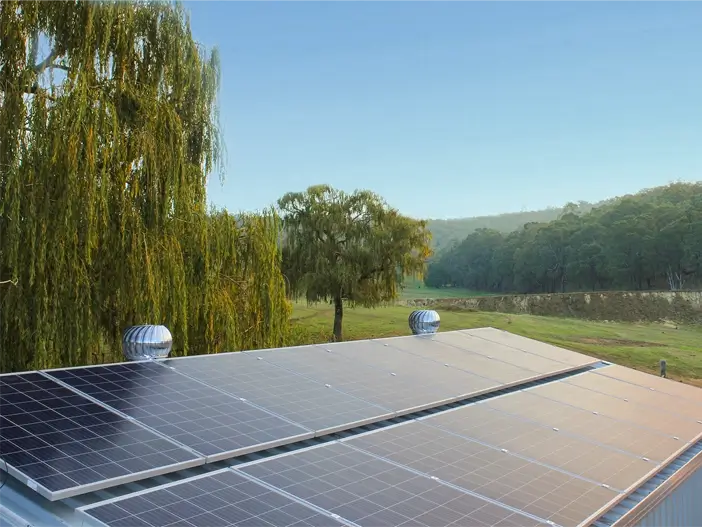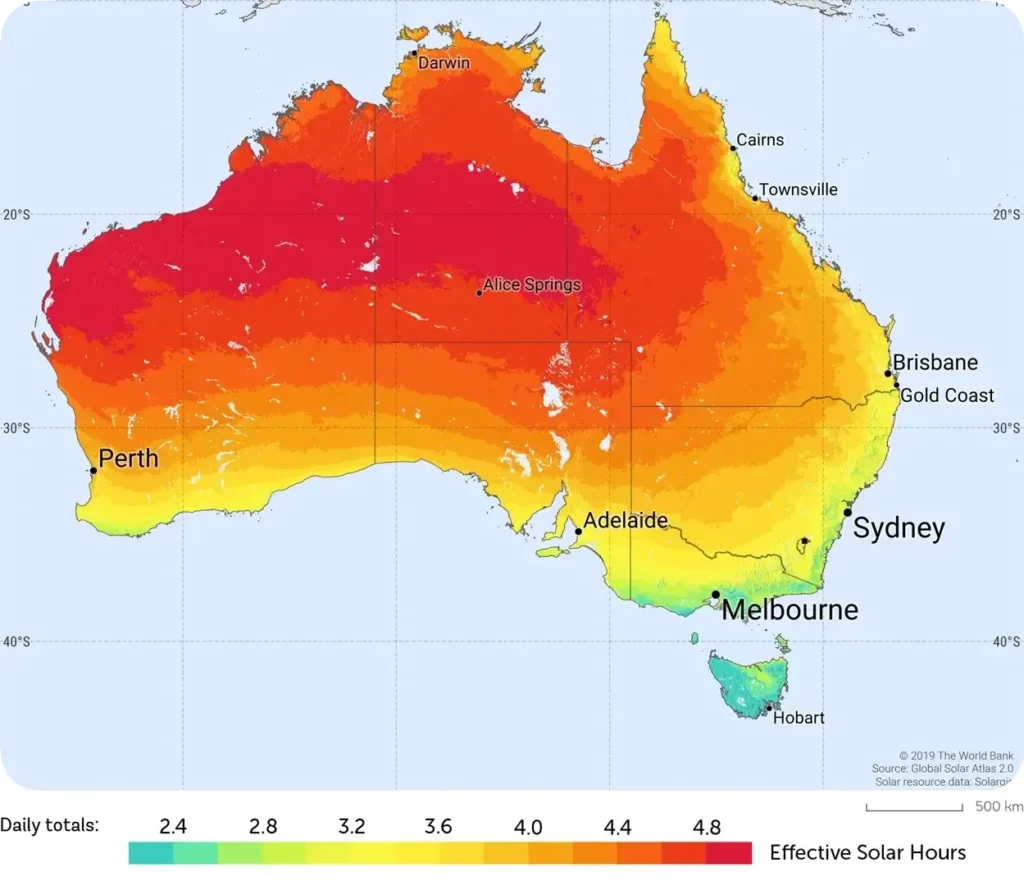In today’s world, power is essential to our daily lives. From lighting our homes to powering our electronics, we rely on electricity to accomplish even the most basic tasks. However, not everyone has access to a reliable source of electricity. That’s where Stand-Alone Power Systems (SAPS) come into play.
In this article, we’ll explain what a SAPS is, how it works, and why it’s becoming more popular.

What is a Stand-Alone Power System?
A Stand-Alone Power System, also known as a micro-power station, is a self-sufficient electricity generation and distribution system.
It is designed to provide power to a home or business that is not connected to the main power grid. Instead of relying on the grid for electricity, SAPS generate power from renewable sources such as solar, wind, or hydro. They store this power in batteries, which can be used when there is no sun, wind, or water to generate electricity.
How does it work?
A SAPS typically consists of several components, including solar panels or wind turbines to generate electricity, batteries to store that electricity, an inverter to convert the DC power from the batteries into AC power that can be used by appliances, and a backup generator for times when the batteries are low and there is no renewable energy available.
Why are Stand-Alone Power Systems becoming more popular?
There are several reasons why SAPS are becoming more popular. One is the increasing cost of electricity from the main grid. As electricity prices continue to rise, it’s becoming more cost-effective to generate your own power using renewable sources.
Another reason is the increasing availability of affordable and efficient renewable energy technology. Solar panels and wind turbines have become more efficient and less expensive in recent years, making them more accessible to homeowners and businesses.
Benefits of a Stand-Alone Power System
There are several benefits to using a stand-alone power system. One is that it provides energy independence. Homeowners and businesses no longer have to rely on the main power grid, which can be vulnerable to outages and disruptions.
Another benefit is that it is environmentally friendly. By generating power from renewable sources, you can reduce greenhouse gas emissions and help to combat climate change.
Additionally, off-grid power systems can save homeowners and businesses money in the long run by reducing their electricity bills.
Our Stand-Alone Power Systems
At Positive Off-Grid Solutions, we take pride in offering an extensive selection of SAPS that are not only durable and reliable, but also capable of delivering high power output.
Our products are engineered to meet the needs of customers in various industries, including telecommunications, healthcare, and transportation, among others.
To find out more, please check out our off grid stand alone solar power system .
